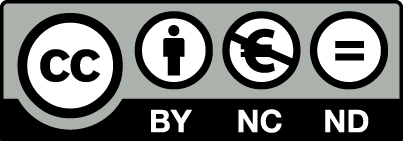Zusammenfassung:
The motivation of this study was to explore how the design choices created when developing Performance Management (hereafter PM), produces proposals of how to coordinate and motivate operational employees in performing their tasks, and to which extent they are successful in doing so. PM is often postulated as a management resource in organizing employee contribution to value creation. Here, it is often suggested that carefully designed PM promotes organizational value creation, by facilitating the motivation and coordination of employees’ contribution. However, the way in which design choices function to suggest how to define the boundaries of what it means to coordinate and motivate employees in practice is less clear. I therefore set out to study the different design choices made on three central elements in a new operational Performance Management System (PMS hereafter), to explore how these design choices propose ideas of how to coordinate and motivate employees’ value creation in daily operations. My study follow the design choices made with regard to leading indicators (e.g. performance measures), performance targets and feedback over a period of three years (2012-2014). I do so, to investigate how design choices made on these three elements play a significant role in assigning specific property to what motivation and coordination of operational employees entails in practice. For example, the study illustrate how the choice to design leading indicators as key behavioral indicators (KBIs hereafter) propose that coordination of employees contribution means to point out what they should do when performing key activities. Detailed accounts such as this, provides rich insight into how design choices suggest distinctive, meaning to how to coordinate and/or motivate employees in their daily operations, which produce the boundaries of desired action.

